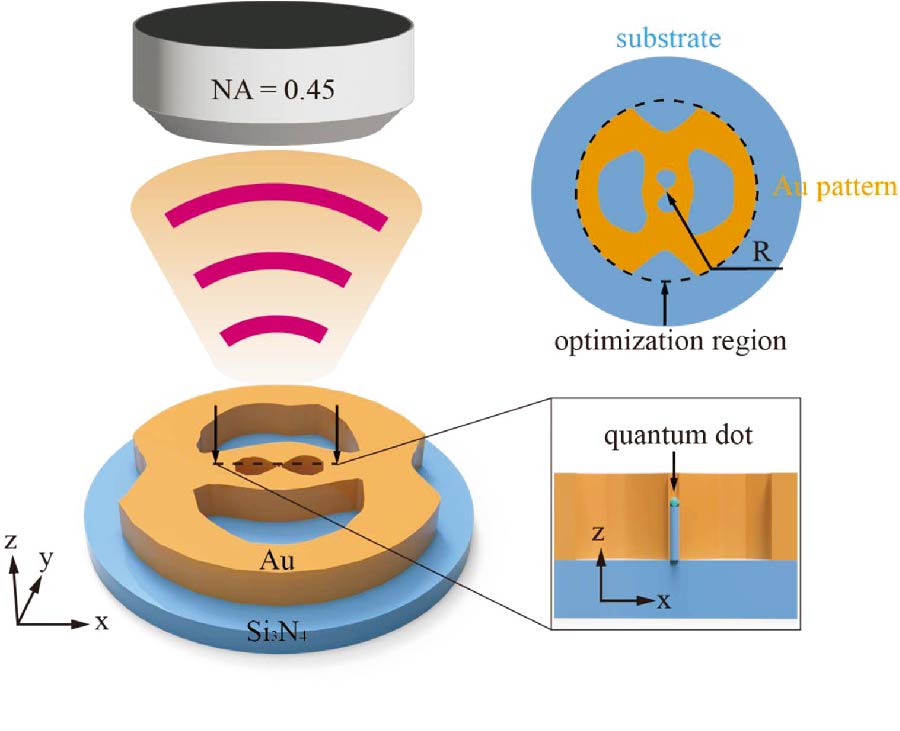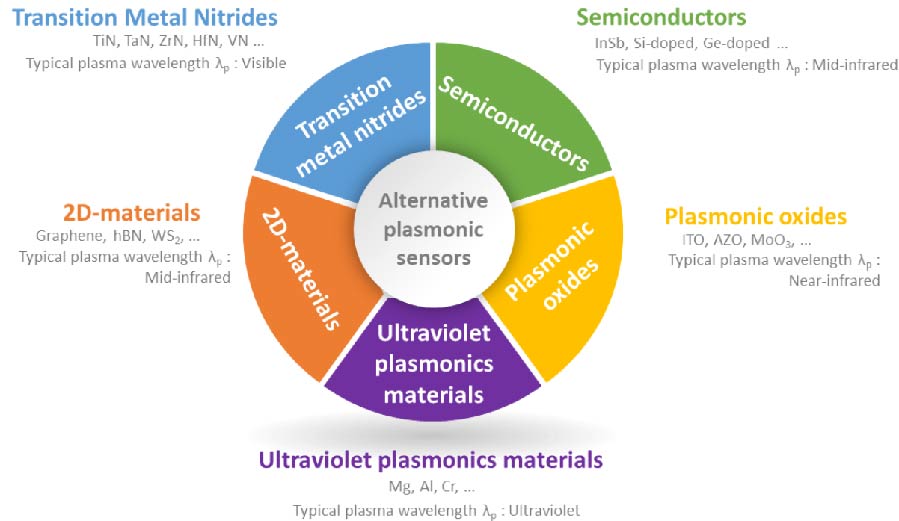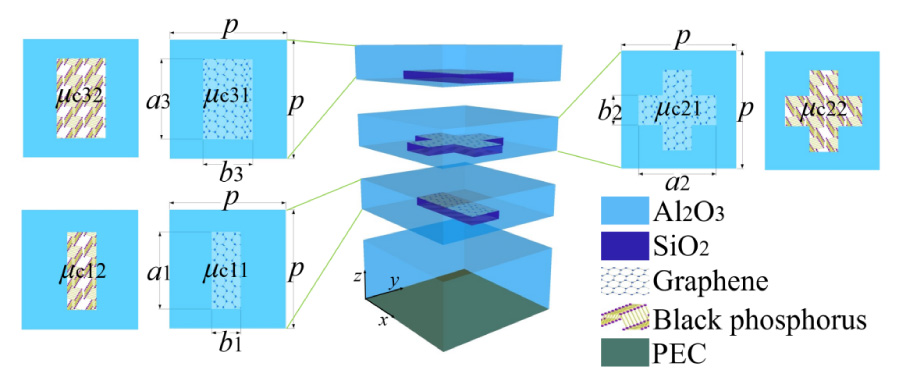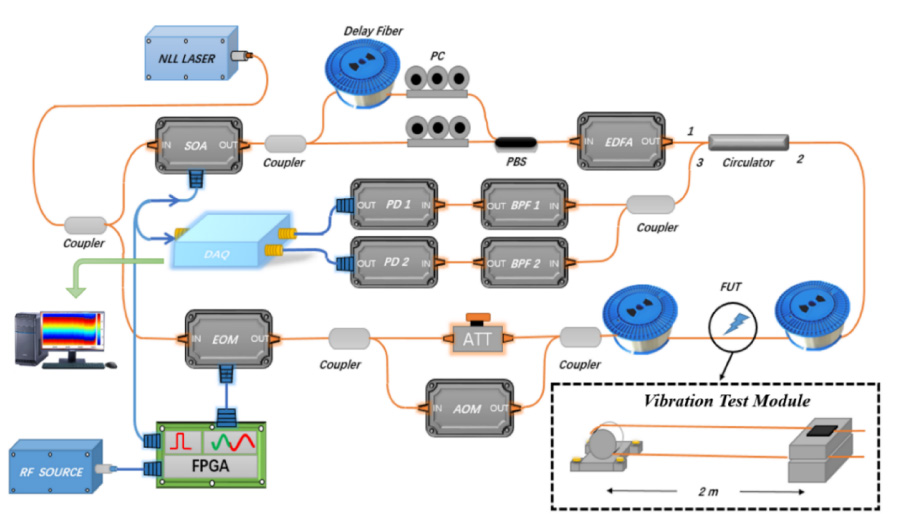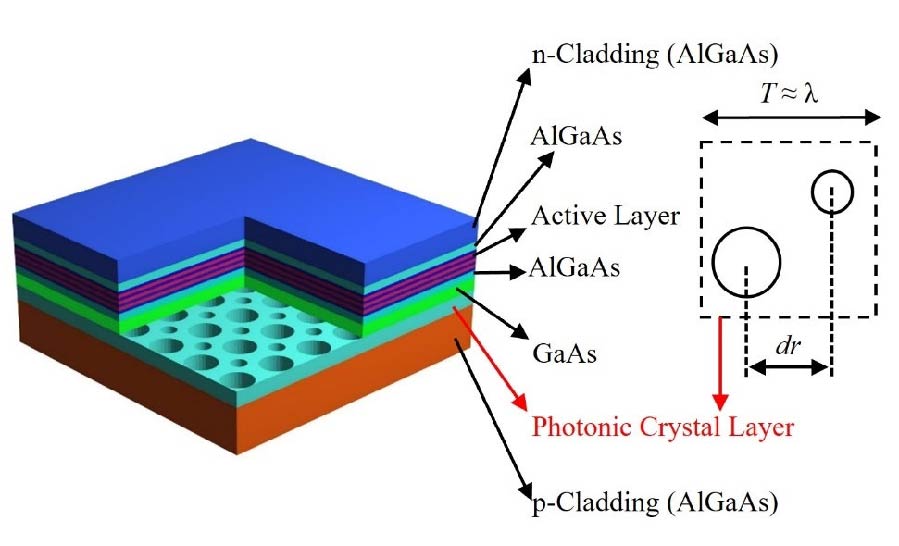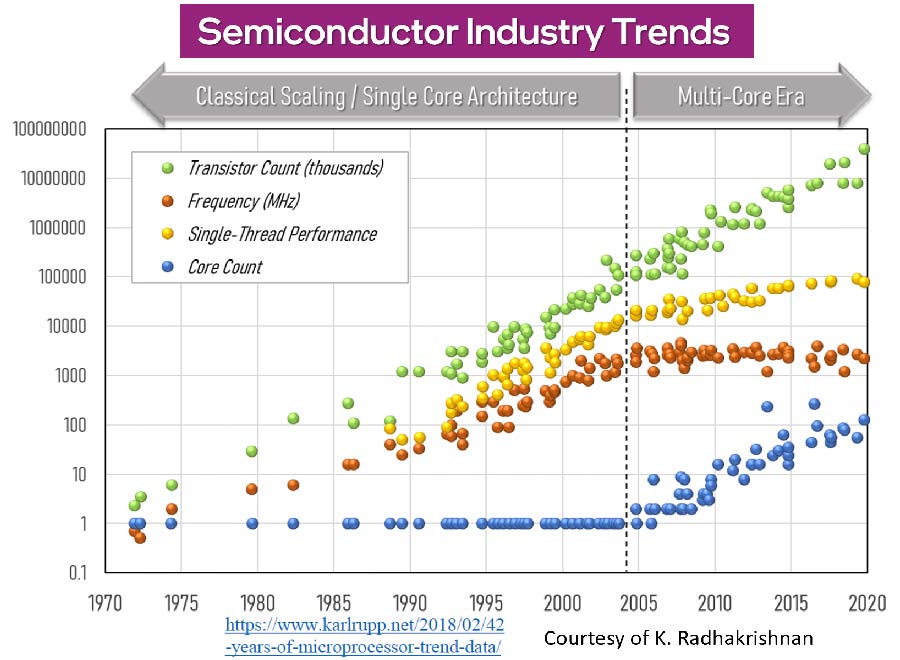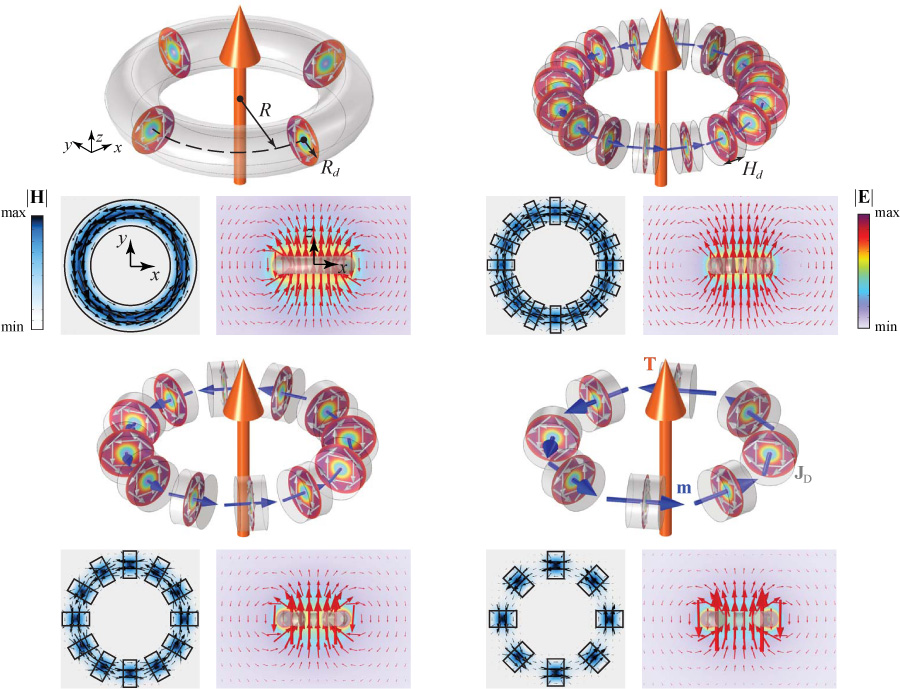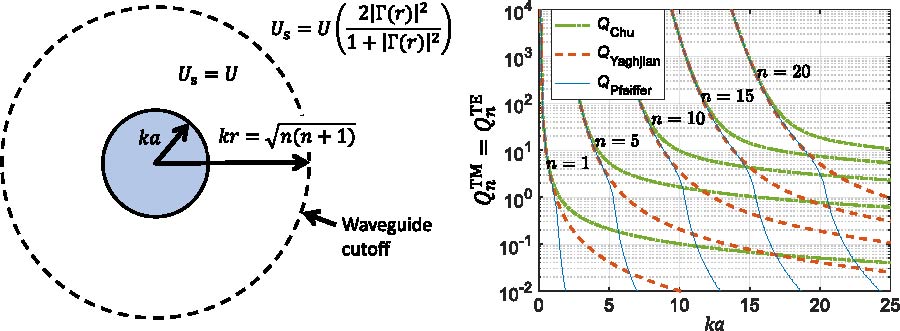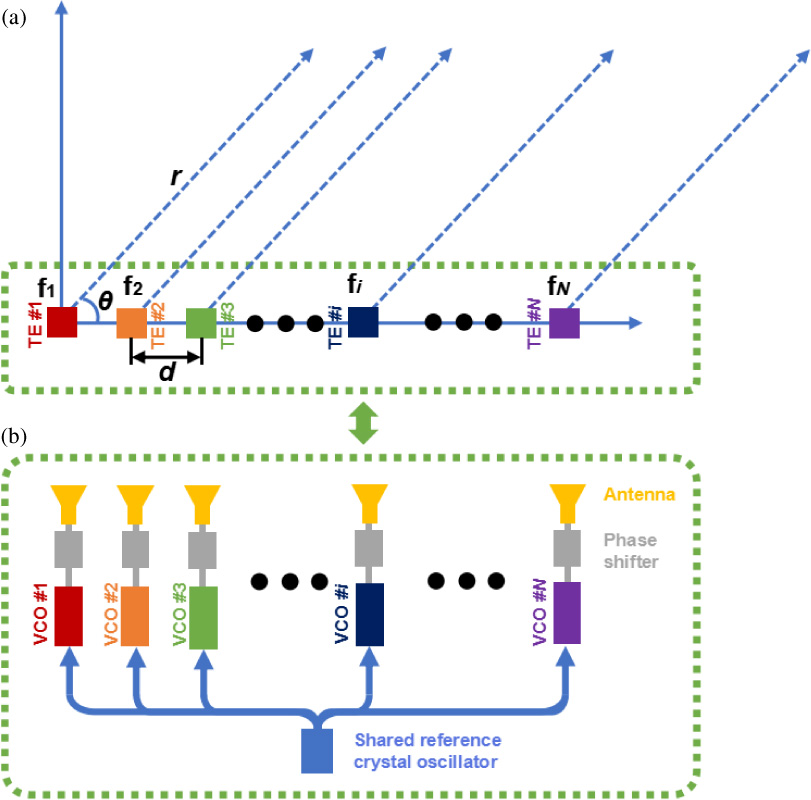Alternative Plasmonic Materials for Biochemical Sensing: A Review (Invited Review)
Leonid Yu. Beliaev,
Andrei V. Lavrinenko and
Osamu Takayama
Optical materials whose permittivity becomes negative for certain wavelength ranges, so-called plasmonic materials, have been widely used for biochemical sensing applications to detect a wide variety of analytes from chemical agents to protein biomarkers. Since many analytes are or contain nanoscale objects, they interact very weakly with light. Thus, light confinement is a key to improving sensitivity. Using metal or plasmonic nanostructures is a natural solution to confine light and boost light-matter interactions. As there are several different optical sensing schemes, such as refractometric sensing, fluorescence-labeled sensing, and vibrational spectroscopy, whose operating wavelength spans from ultraviolet to mid-infrared wavelength regions, some plasmonic materials are superior to others for certain wavelength regions. In this article, we review current progress on alternative plasmonic materials, other than gold, silver, and aluminum, used in biochemical sensing applications. We cover a wide variety of plasmonic material platforms, such as transparent conductive oxides, nitrides, doped semiconductors, polar materials, two-dimensional, van der Waals materials, transition metal dichalcogenides, and plasmonic materials for ultraviolet wavelengths.
